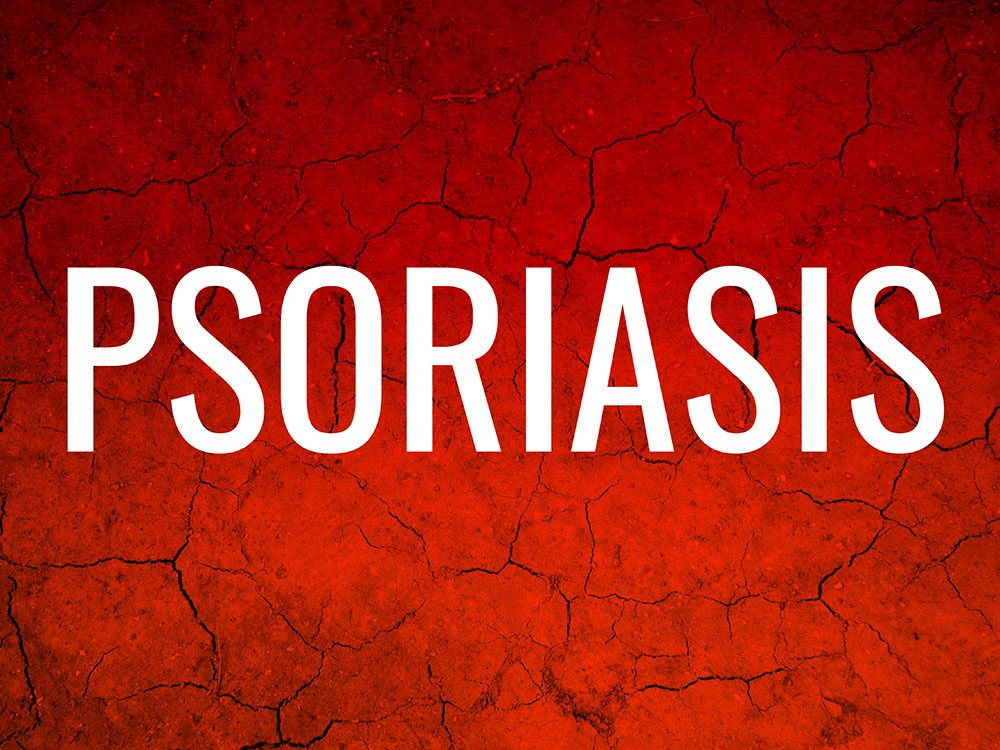
Rash Identifier: Common Skin Conditions, Decoded
Psoriasis
What psoriasis is like: Psoriasis is made of red, scaly plaques that can be itchy and painful. It can show up anywhere but is most commonly found on the scalp, as well as the outside of the elbows and knees. It usually starts between age 10 and 30 and tends to be a chronic condition. “It’s a stubborn disease that waxes and wanes, so people have it for their whole lives,” says Paul Cohen, a dermatologist in Toronto.
What causes psoriasis: This skin rash is the result of your immune system attacking the skin’s cells, and creating new ones too quickly, which then build up into the plaques. There’s no one single cause, but the condition runs in families. Stress, obesity, smoking and having many infections (particularly strep throat) increase your risk.
How to treat psoriasis: The first step is generally topical steroids, which can be used for a week or two at a time to clear up the plaques. For ongoing treatment, people use a synthetic form of vitamin D (which slows skin growth), medicated shampoos and retinoids (a topical version of vitamin A). Daily exposure to sunlight also seems to help, as does moisturizing well. For more serious cases, options include oral medications that suppress the immune system and phototherapy done in a doctor’s office with a special light. (Discover more applications of light therapy.)
Possible red flag: Serious cases can involve the joints, a condition called psoriatic arthritis. Also, psoriasis increases your chances of having some other diseases, including type 2 diabetes, cardiovascular disease and autoimmune conditions such as Crohn’s—all of which are, like psoriasis, linked to inflammation.
Do these symptoms sound familiar? Compare it to the following conditions in our rash identifier.
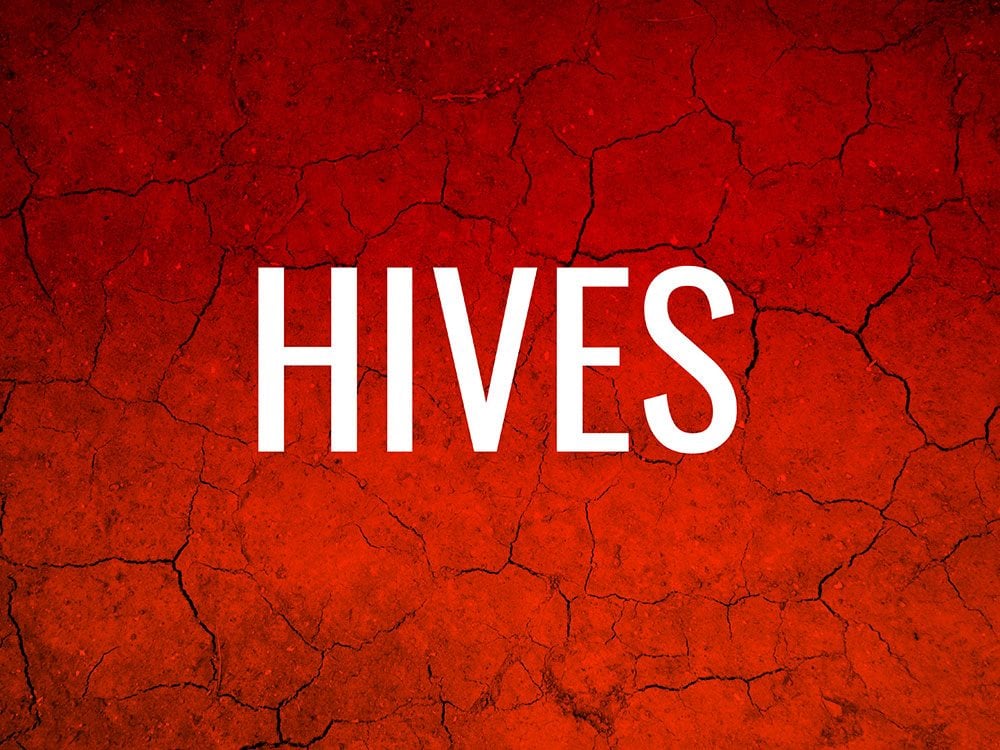
Hives
What hives are like: Hives are itchy, raised welts that often have a red ring around them. Their most salient characteristic is that they disappear after about a day, only to show up later in a different location. They come in two forms: acute, which lasts six weeks or less, and chronic.
What causes hives: Hives are often the result of the body releasing histamine as part of an allergic reaction to drugs, food or some other irritant. They also commonly appear after a viral illness, as a side effect of your immune system revving up to battle the disease. “There are a number of potential triggers,” says Katie Beleznay, a dermatologist in Vancouver. In most cases, she adds, the specific origin is never determined.
How to treat hives: Since hives are a histamine reaction, over-the-counter antihistamines are the first line of defence. If that doesn’t clear them up, ask a doctor if you should use a stronger antihistamine or oral prednisone, an anti-inflammatory medication.
Possible red flag: Rarely, people suffer from ongoing outbreaks of hives almost daily for six weeks or more, a condition called chronic idiopathic urticaria (CIU). The treatment for CIU is the same as for regular hives, but in some cases, it can also be a sign of an underlying thyroid disease or cancer.
Here are four skin changes you should never ignore.
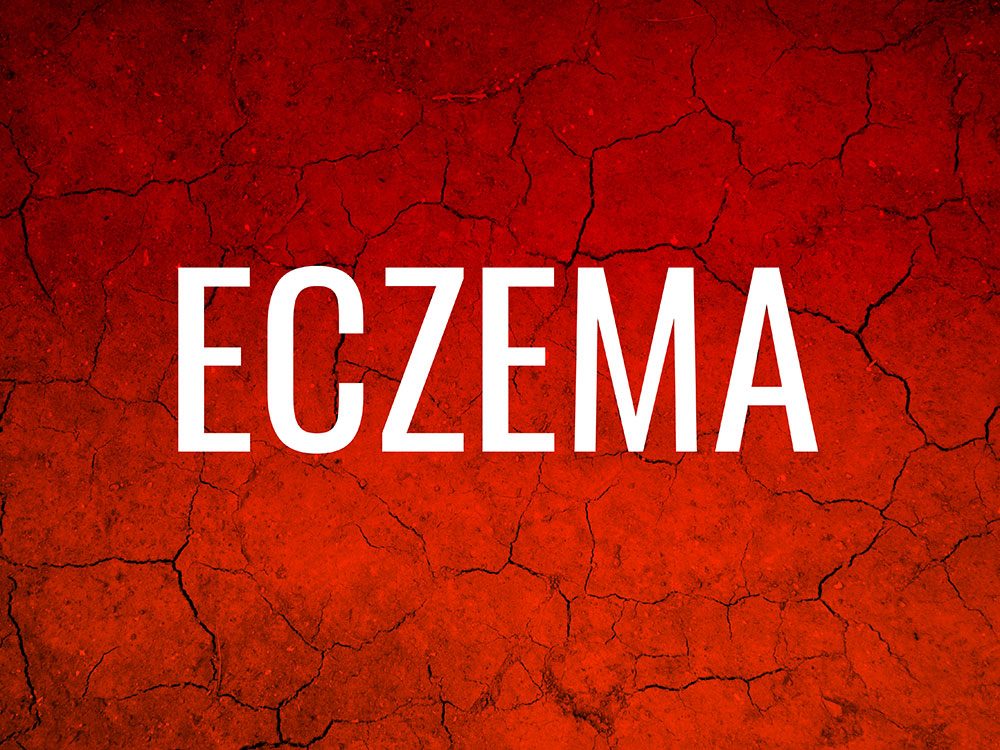
Eczema
What eczema is like: Eczema presents as patches of red, scaly skin that are extremely itchy, especially at night. These rashes often appear on the inside of your elbows and knees. If it’s more serious, the skin might blister or look thickened and white in those areas.
What causes eczema: Eczema is the result of having a weakened skin barrier, which can lead to inflammation and an overreaction from your immune system. Most people are born with it, and your genes are partly to blame. “You’re more predisposed to eczema if you have a family history of asthma, hay fever or the condition itself,” says Lisa Kellett, a dermatologist in Toronto. Some research also suggests that it might be a reaction to pollution, or to not being exposed to enough germs in childhood. (Kids who have dogs, for example, are less likely to have eczema.)
How to treat eczema: For general maintenance, apply a thick, hypoallergenic moisturizer to affected areas immediately after a bath or shower and at night. More serious flares will need topical prescription steroid creams or non-steroid immunosuppressant creams. People with stubborn eczema might also try phototherapy, which uses UVB light to help calm your immune system and reduce itchiness.
Possible red flag: Rarely, what looks like eczema is actually skin cancer, as both can appear red and scaly. “The difference with skin cancer is that it doesn’t go away if you use a steroid,” says Kellett.
Find out the best foods to eat for healthy, glowing skin.
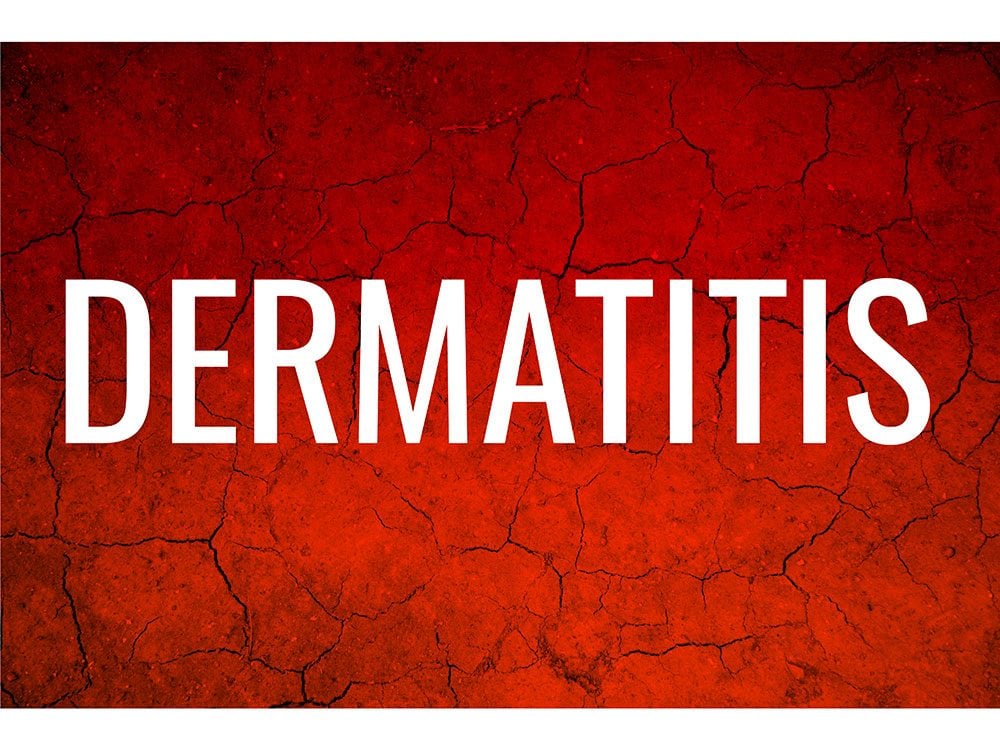
Contact Dermatitis
What contact dermatitis is like: Contact dermatitis is a variation of eczema, and it looks similar—red, itchy patches on your skin. But unlike that chronic condition, this skin rash is a reaction to something specific and appears only where the offending object has made contact. “Poison ivy, for instance, will show up as a streak where the branch touched the skin,” says Beleznay.
What causes contact dermatitis: Besides poison ivy, other common culprits that can cause the immune system to go into overdrive are face cream, jewellery or fragrances. You can also develop a new intolerance to something you’ve used for a long time, such as Polysporin. If it’s not clear what caused it, your dermatologist can do a patch test, putting small amounts of suspected substances on your skin to see if you react. (Find out the most toxic ingredients in your grooming regimen.)
How to treat contact dermatitis: Contact dermatitis is treated with topical steroids, or a stronger oral one, to calm down your immune system and stop the reaction.
Possible red flag: Like eczema, the red and scaly presentation of contact dermatitis could be confused for skin cancer, which is another reason to visit your doctor if you’re not sure what caused it.
Here’s expert advice how to choose the best moisturizer.
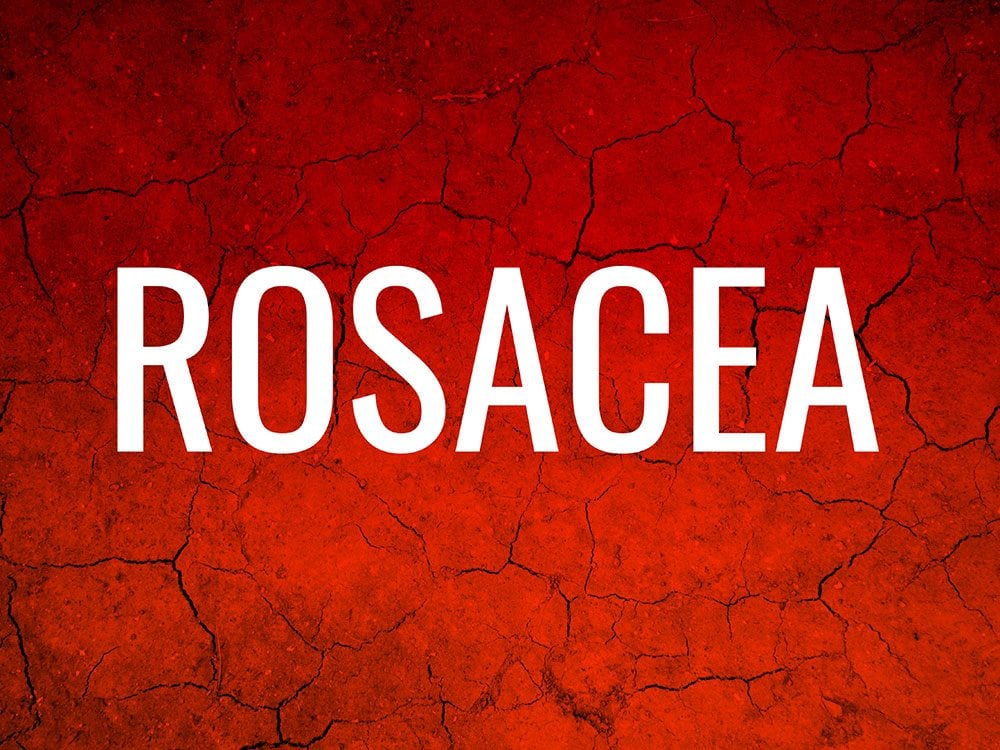
Rosacea
What rosacea is like: As rosacea is a dilation of the blood vessels in your cheeks and nose, it often presents as red, sensitive skin in those places. Another form of the condition also includes bumps that resemble acne. For some people, the skin on their nose thickens, making it appear larger.
What causes rosacea: We don’t know what brings rosacea on, but, as with eczema, you’re more likely to have it if others in your family do, too. You’re also prone to acquire the condition if you have sun-damaged skin. “Rosacea usually begins around the age of 35 and gets worse with time,” says Kellett. People often find their flare-ups come after eating or drinking specific things.
How to treat rosacea: For many, preventing activation of their rosacea is as simple as avoiding triggers—but that’s easier than it sounds and can be a serious test of a sufferer’s willpower. “Those are often the good things in life,” says Beleznay, citing coffee, spicy foods and alcohol as common aggravators. Some women find that everyday makeup is enough to cover up the cosmetic impact of the condition, while others use prescription creams or laser or light therapy to constrict the blood vessels in the cheeks and reduce redness. For those whose rosacea includes bumps, topical creams or oral antibiotics often get rid of them.
Possible red flag: Rarely, what looks like rosacea can be confused for the butterfly rash that’s a symptom of lupus, a serious autoimmune disease. The butterfly rash is named as such because of the shape it makes on the nose and both cheeks.
Follow these sunscreen tips for maximum UV protection.

Shingles
What shingles is like: Shingles normally starts out as a tingly, numb or bruised feeling in a small area, most commonly a patch on the abdomen. A few days later, a painful skin rash with blisters appears over those places. As the condition follows the path of a nerve, the rash eventually presents as a stripe that lasts from two to six weeks.
What causes shingles: This one’s easy: chicken pox. Even once you have fully recovered from that virus, your body never totally beats it; it simply retreats and lies dormant in your nerve cells, where, decades later, it can re-erupt as shingles. You’re more likely to get them if you’re immunocompromised or over 50, the age at which the Public Health Agency of Canada recommends you get the vaccine.
How to treat shingles: If you suspect you have shingles, see your doctor immediately. “You have to go right away because studies show that people do much better if the antiviral pills are started within 72 hours of the rash onset,” says Cohen. Additionally, sufferers are often given medication, like a local anaesthetic or codeine, to help control the pain.
Possible red flag: The real worry with shingles is that for some people, if it is not contained quickly, the virus can lead to longer-term pain lasting over three months and in some cases over a year. If the skin rash appears on the face, it can even cause blindness.
Next, check out 20 symptoms you should never ignore.